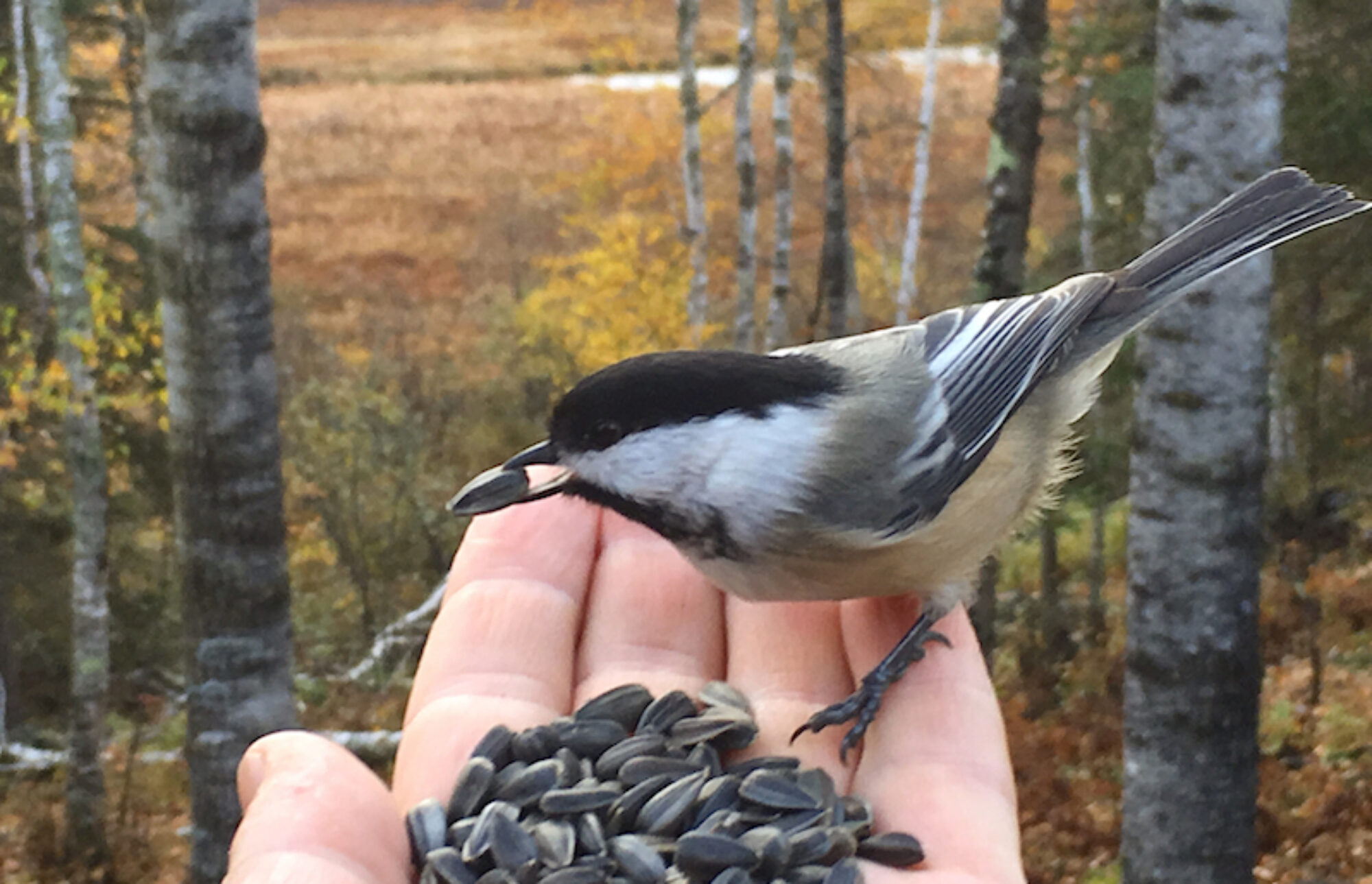By Todd Burras
One morning earlier this week I put up a new birdhouse. Within minutes of it being set up, Stephanie hollered to let me know a black-capped chickadee was perched on top of the structure’s roof, inspecting the new housing addition to the backyard.
That’s how it is outdoors during these natal days of spring: there are things happening everywhere one looks. Bees buzzing. Cardinals courting. Daffodils stretching out of the dirt toward the warming sun. That’s the nature of nature. It’s always dynamic and never static. Even in the dregs of winter when many of us seemingly shut down for days and weeks at a time, nature keeps on keeping on – changing, evolving, living. Still, when spring arrives, those changes seem to be more abundant, accelerated and evident.
That’s what I experienced during a walk off the beaten track at Ada Hayden Heritage Park a few days ago. Of course there were robins hopping all along the trail and in seemingly every tree and bush, just like there have been in nearly every yard across the city during the past two weeks. A flock of goldfinches flew overhead and Canada geese, mallards, ring-necked ducks and hooded mergansers came and went at a dizzying pace. American tree sparrows flitted among branches on trees that revealed swelling buds in the light of the sunny day.
It was once I left the gravel path and headed through the dense prairie plants on my way to get a closer look at some of the small wetlands on the west side of the park, however, that things got a bit more interesting. In each shallow-water cell I inspected, I counted dozens of dead fishing floating along the shores and on the mudflats.
“We often see a winter kill on carp, which is good,” said Erv Klaas, professor emeritus of animal ecology at Iowa State University. “I wish we could eradicate carp; they are not good to have in the wetlands.”
Common carp can overwhelm shallow lakes and wetlands by continuously stirring up the first trophic level. The constant movement of the bottom-feeding carp produces wave action that dislodges the root systems of healthy aquatic plants and also creates turbid water that prevents the germination of seeds and limits the amount of sunlight young plants can gather, thereby preventing them from growing. Essentially, carp can kill a healthy-functioning aquatic ecosystem.
Another resident making small – at this time – alterations to the park is the beaver. Or, in this case, a family of beavers. Evidence of their presence can be seen in numerous places around the park.
“Yes, the beaver are taking down a few trees but nothing of much value at the moment,” Klaas said. “If they start chewing on big cottonwoods along trails the city puts wire around the trunk to discourage them.”
In the past couple years, beavers have focused most of their gnawing energy on the stands of willows that encircle most of the small wetlands. They’ll be allowed to call the park home for the foreseeable future.
“The city relies on the Friends of Ada Hayden Heritage Park group to advise them on management issues, and, right now, we are not advocating any active management of beaver except to let them along unless they cause problems,” Klaas said.
So while the beavers can stay, some plants need to go.
“The Friends group plans to bring back ‘Goats on the Go’ this summer to attack the honeysuckle in the savanna (on the southeast side of the park),” he said. “I think the city will bring back the Conservation Corps this spring to work on eradicating Siberian elm, as well.”
Whether it’s a favorite city park or your own front or backyard, spring is a time of dynamic change in the outdoors. Slow down a bit and keep your eyes peeled. You never know what you might see.
Todd Burras can be reached at outdoorstoddburras@gmail.com.
